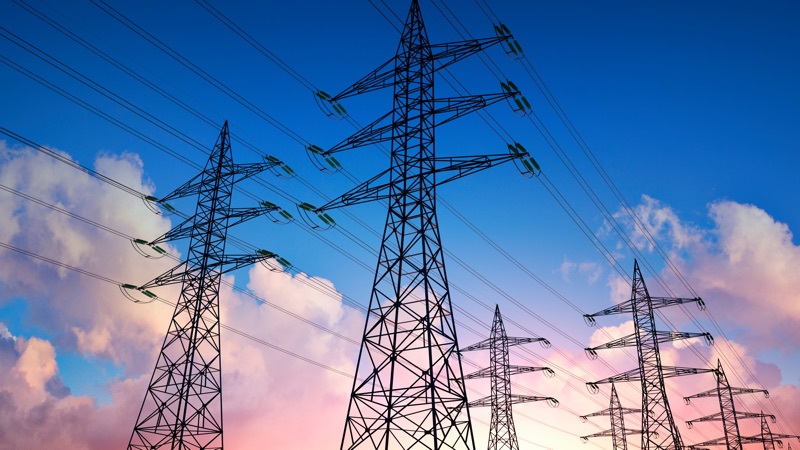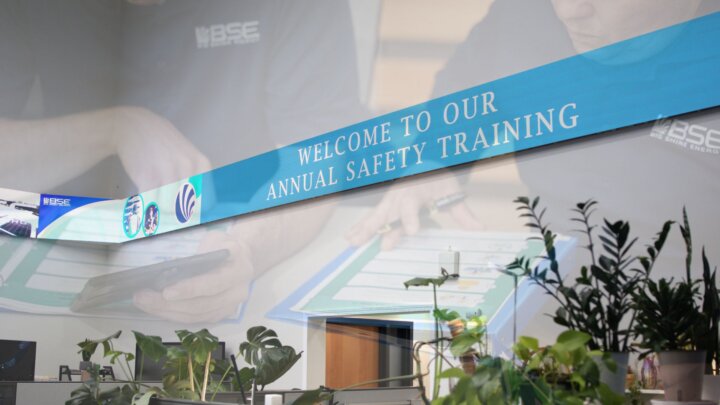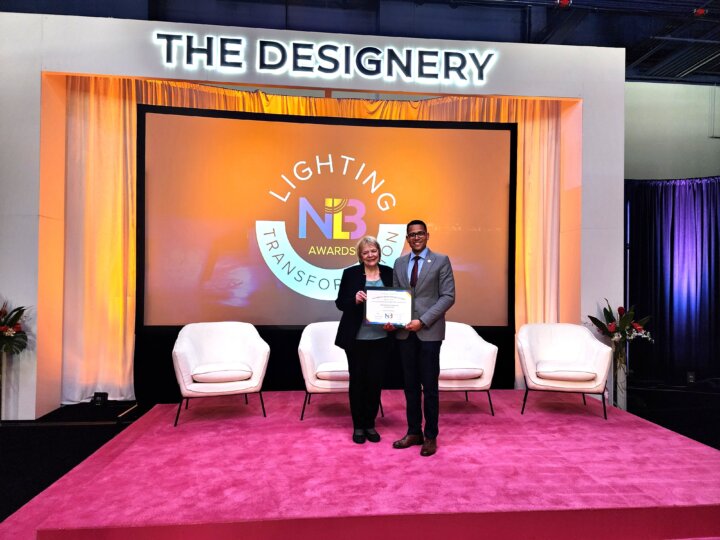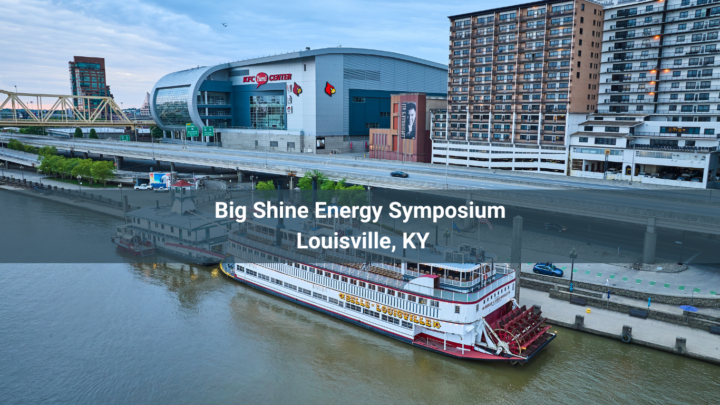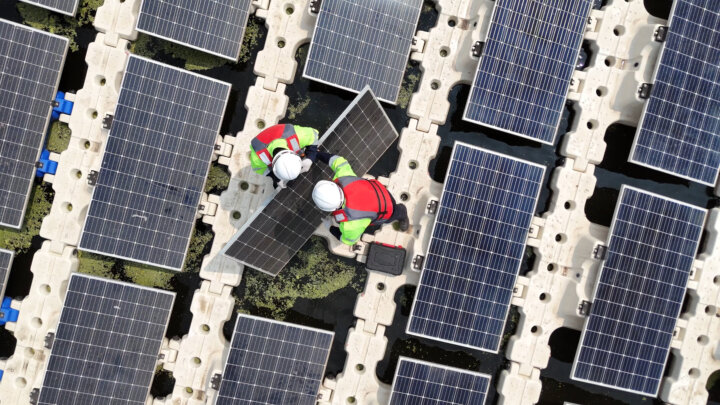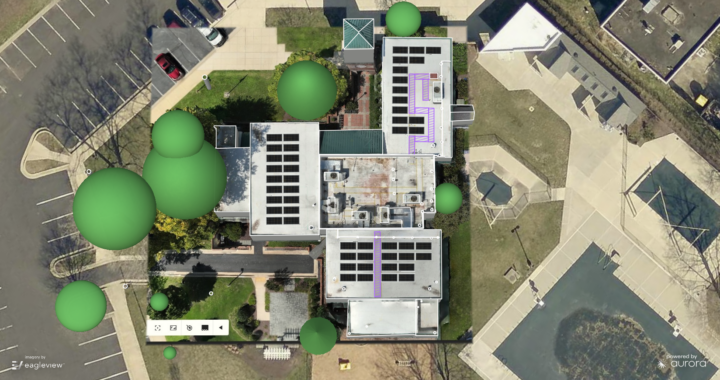We’re all familiar with the concept of Surge Protectors. Over the years, whenever we bought a new computer, we probably also got a new power strip to go with it. Wanting to make sure that we wouldn’t have a problem during an electrical storm, we bought a power strip that included a high Joule rating surge protection. Today, in the commercial space, we live in a world which has added a new and more comprehensive dimension to the application of electrical surge protection.
The need for operational resilience and the need to develop a sustainable future have become very evident. In the past, when energy seemed cheap, and the consequences of wasting energy seemed far off, we didn’t put our electrical system on our ‘Continuous Improvement’ priorities. Today, it’s different, because there are two mega-trends which are meeting head-on. One is the aging of our infrastructure: the utility grid itself, as well as the infrastructure inside our commercial and industrial buildings. The second is the rush towards electrification and the incredible proliferation of everything electronic.
Challenges
The challenges with the electric grid are not all due to aging. The grid is being severely taxed by the strains of increasing demand, the introduction of new generation sources, and the increase in extreme weather events. It may seem like the grid is the number one problem, but in fact about 80% of the power quality problems that we measure are created inside our buildings by our own equipment. There are now many devices which convert the AC power to DC, convert DC to AC, and variable speed drives which convert AC power at the standard ’60 cycle’ frequency to variable frequency AC to control the speed of induction motors.
We can think about our building electrical system like a giant spider web. If we disturb the web at one point, the whole web will feel some kind of disturbance too. The web is ‘anchored’ in certain places, we call them transformers, and these offer some protection against disturbances spreading freely throughout. Any kind of ‘converting’ device (variable speed drives in HVAC systems or factory automation; AC to DC power supplies, DC to AC inverters, et al) will distort the smooth sine wave of the AC power, creating ‘harmonic distortion’ and may introduce low level but rapidly repeating voltage spikes. Any kind of switching load in the building system will tend to do the same. The prominent culprits are motors, and we have these everywhere – in chillers, ventilation and AHU fans, elevators, pumps, hydraulic lifts, cranes, escalators, garage doors and so on. Transients are created every time these motors start and stop, and even when the load varies suddenly.
Surge Protection Devices
Electrical transients are being created almost everywhere, so it has become necessary to deploy different types of SPDs (Surge Protection Devices) at different locations in our electrical systems. Type 1 Surge Protection Devices are installed at the main service panel (where the power comes into the facility). These are designed to have a very high over-current (Amperage) rating, but also a rather high clamping voltage. Type 1 SPDs (also called TVSS) are designed to divert very large amounts of surge energy to ground before it can enter the building. Type 1 SPDs will allow any voltage disturbance below a rather high threshold to freely enter.
To catch and block what comes in under the limit set by the Type 1 SPD, as well as to divert voltage spikes created inside the facility, each electrical panel should be equipped with a Type 2 SPD. If properly specified, a single Type 2 unit will protect all of the branch circuits on the electrical sub-panel (distribution panel) where it is installed. Next, smaller capacity Type 3 SPDs may be added at the ‘point-of-use’. The power strip with its surge protection rating is an example of a Type 3 surge protection device.
Today’s state-of-the-art Type 2 SPDs have an added capability which is critical to maintaining the health of all of the electronics we are now packing into our buildings: Transient Filtering. If we use a special high speed instrument to examine the voltage waveforms we often see two forms of sub-critical voltage spikes: ring transients and impulse transients. If we could ‘hear’ ring transients in our electrical system, it would be like the horrible screeching sound in loudspeaker systems that we call ‘feedback’. Even though the voltage level of ring transients isn’t very high, the effective frequency often exceeds 5000 Hz. Problem is, the control circuitry in our electronic systems is designed for 60 Hz AC. Even if the control circuitry is able to manage, ring transients will cause progressive damage to electronics which results in premature failure.
Impulse transients are even more damaging, but they too are also ‘sub-critical’, meaning that the voltage peak isn’t high enough to kill our devices right away, and it’s also not high enough that the Type 1 SPD will divert them. Impulse Transients have an almost instantaneous rise time and always lead to latent damage. An Impulse Transient is like being jabbed with a needle. If it happens once, it’s very annoying, but we can take it. What happens if we get jabbed 1,000 times a day? Or 100,000 times a day? We’ll never know that this is happening because our equipment continues to operate until, one day, it just dies. Replacing a damaged VFD drive may cost over $20,000, and we may have to wait months to get one.
High quality electronics such as the drivers in LED lighting do have built in surge protection, however since space is limited the capacity of the built in SPD is also limited. This protection is intended as a ‘last line of defense’ against transients, so the clamping voltage is not much higher than the normal operating voltage. This is the correct approach, but if the building is not equipped with Type 2 SPD at the electrical distribution panels, the LED drivers become the preferred path to ground for almost all of the electrical transients in the building. The LED lighting fixtures then become the ‘canaries in the coal mine’ – if they keep dying it’s almost always a sign that Type 2 SPDs are missing, but very much needed.
Best Practices
The National Electrical Code was developed long before today’s electronics existed, and it was never intended as a ‘best practices’ guide to protecting electronics. Recognizing that many critical operational and safety functions are supported by our building’s electrical system, newer releases of the Code mandate the installation of Type 2 Surge Protection, for example Sections 708.20(D); 700.8; 694.7(D); 695.15; 645.18; 620.51(E); 670.6.
Our goal at Big Shine Energy is to support you in achieving Sustainability Success. We offer Power Analysis Services if you have concerns about power quality in your facility, and we can provide the latest and best technology in Surge Protection.
